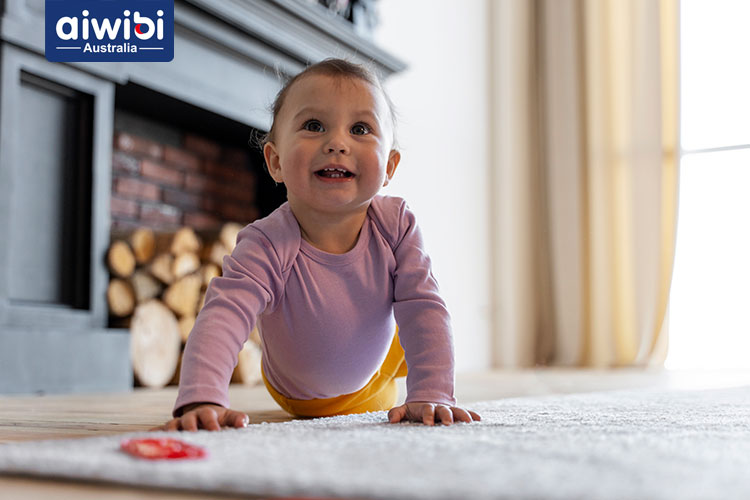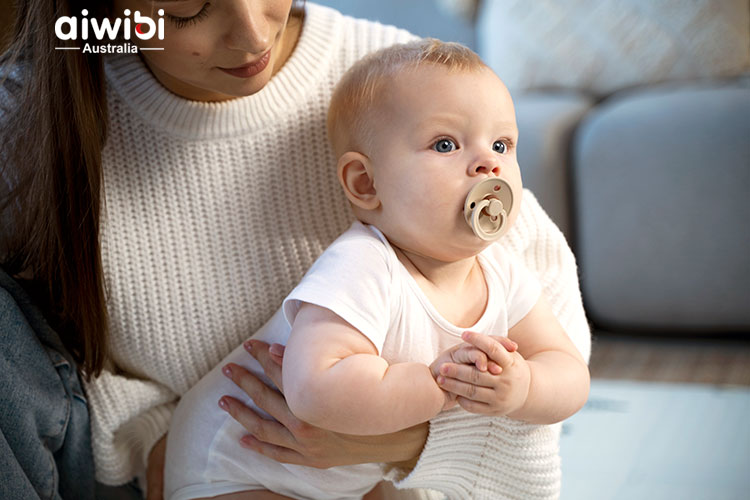Newborns get fussy sometimes and it’s
normal for them to cry. During the first 3 months of his/her life, a baby usually
cries for 2–3 hours a day for the first 6 weeks, which is more than at any
other of the life time.
When your baby is crying, the first thing
for you to do is to check whether your baby is hungry, tired or uncomfortable. Make
sure all of the baby’s comfort needs are met. You can respond to your baby’s
crying by:
Feeding your baby
Changing baby’s diaper
Taking care of babies’ needs is often
enough to soothe them. But sometimes, the crying goes on longer. Here are some other
tips for you to comfort your baby. Remember, you might need to try different ways
at different times, and then you can find what suits you and your baby best.

Distract
Your Baby
Sometimes your baby wants to suck but it’s
not feeding time yet (overfeeding your baby may also make them uncomfortable), you
can offer him/her the pacifier or help him/her find the finger. Many babies are
calmed by sucking.
Give your baby a toy or distract him/her
with a rattle.

Moving
Your Baby
Sometimes, movement can help soothe the
baby. Carry your baby in a baby carrier and gently rock, closeness to a parent
can do some help too.
Go for a walk or take your baby for a ride
in the stroller is the other way. As long as your baby is not too tired, being
on the move can be calming for him/her.

Relaxing
Your Baby
Baby massage might help your baby relax
too. Gently rub or stroke the baby's back, chest or tummy. It can also
strengthen the bond between you and your baby. If you want to know how to do
infant massage, our blog post may help.
Speak softly to your baby, sing to your
baby or turn on a calming sound. A white noise, the humming sound of a fan, or
the recording of a heartbeat can also soothe some babies.
Stroke your baby’s head slowly from the
front of the forehead to the back of the neck. Cover as much of the head with
your hand as you can.

Soothing
Your Baby for Sleep
Swaddle your baby in a large, soft blanket
(the method is mentioned in the blog) can help your baby feel secure. But
remember, not to wrap your baby if he/she shows signs of rolling onto the tummy
(around 4-6 months).
Try responsive settling techniques like
rocking, gently stroking your baby’s belly or patting baby in the cot. Gently
turn your baby onto his/her back if your baby falls asleep.
Put your baby in a quiet room, dimming the
lights at the same time may help to reduce stimulation and to sooth your baby
for sleep.

Managing
Your Own Feelings
If you are very frustrated with the crying
and you feel angry at yourself or your baby, it is time for you to take a break
and look after yourself. Remember, a calm baby can begin with calm parents.
Try putting in some imaginary earplugs. Let
the sound of the crying pass through you, and remind yourself that everything
is OK. Even just 5 minutes reading a book, walking around the block or doing
some meditation can give you a break if you’re feeling stressed, anxious or
angry.